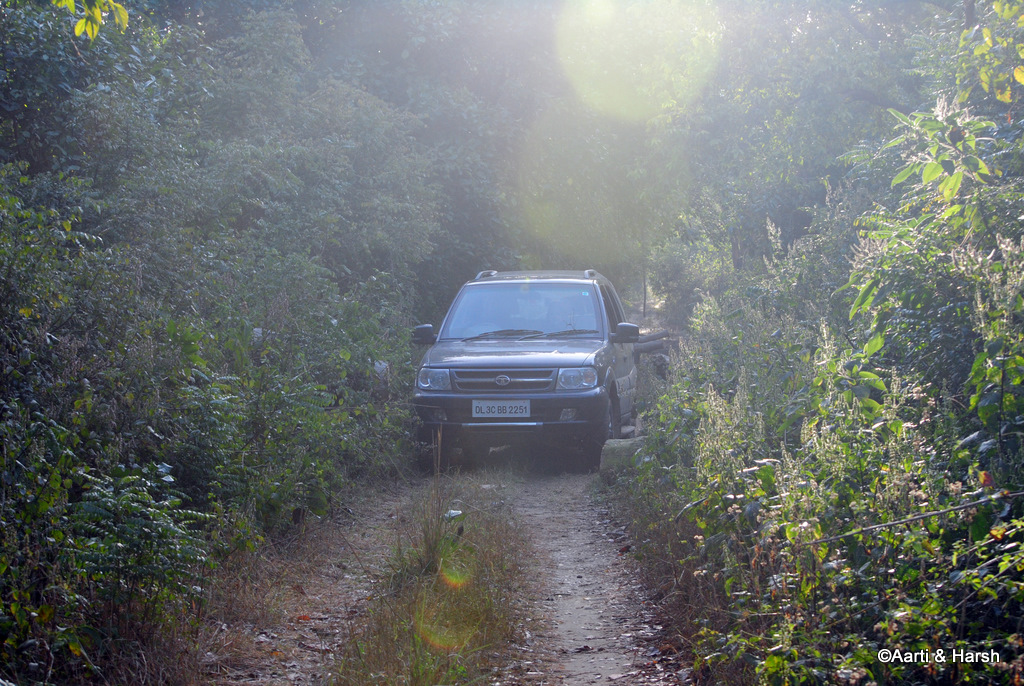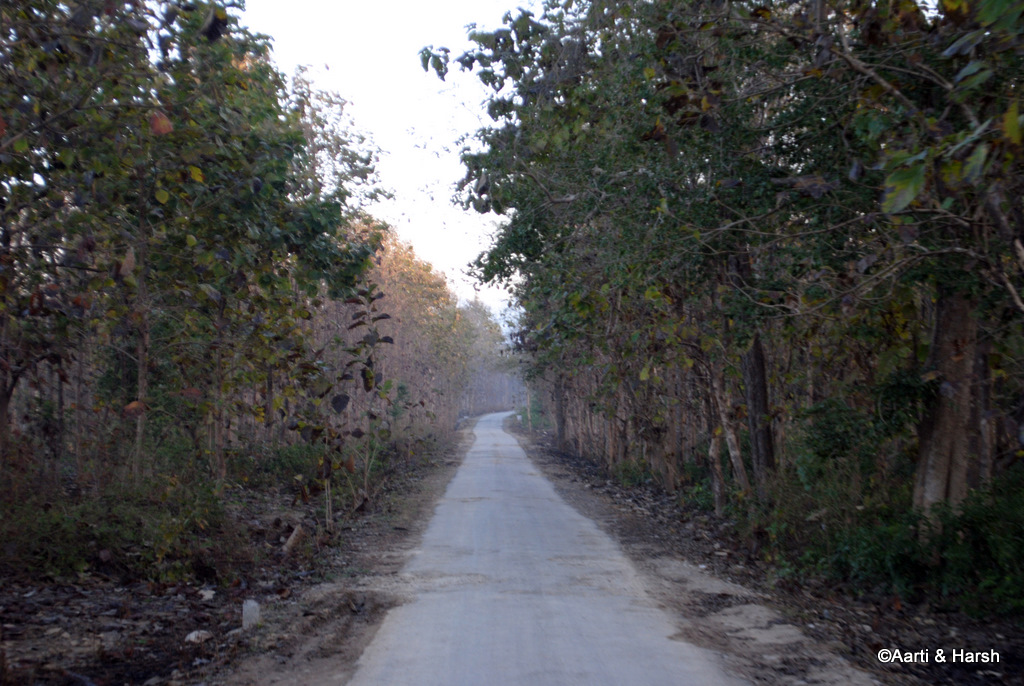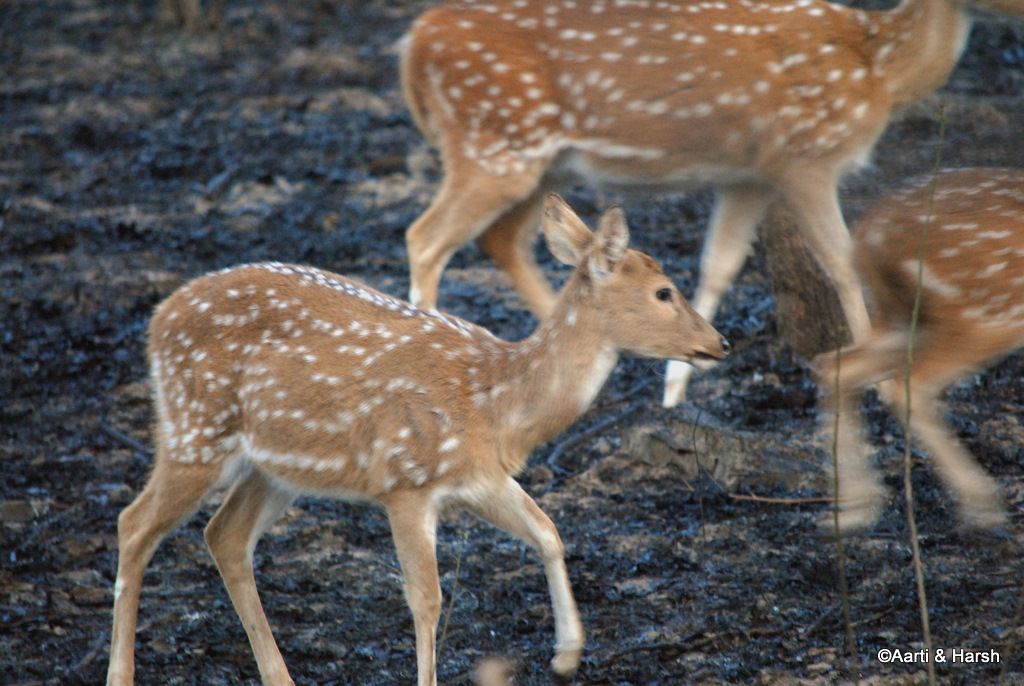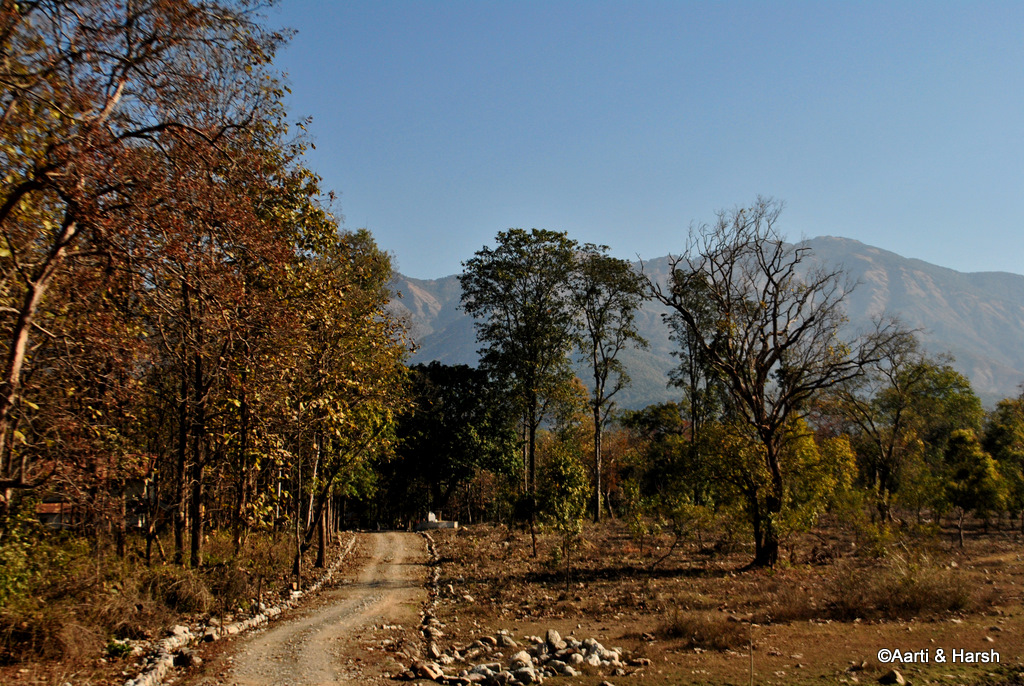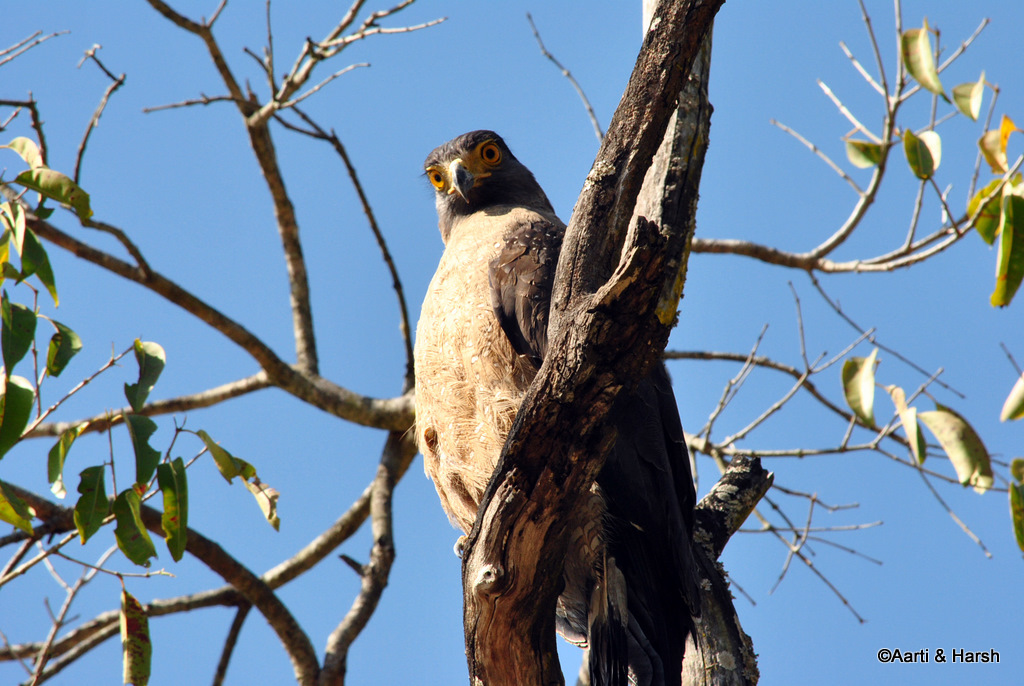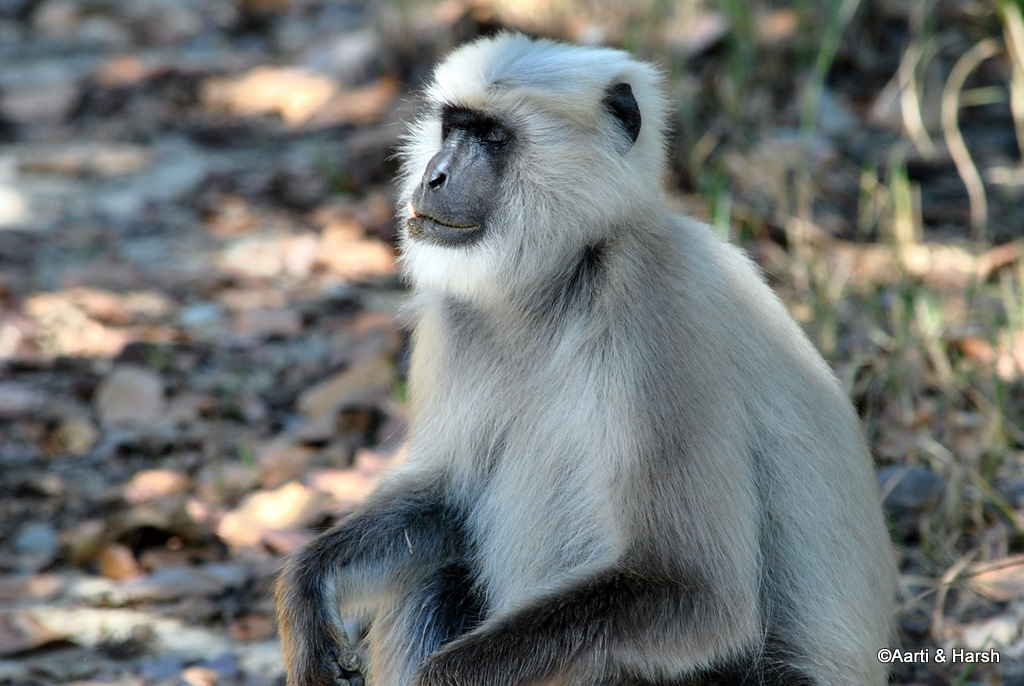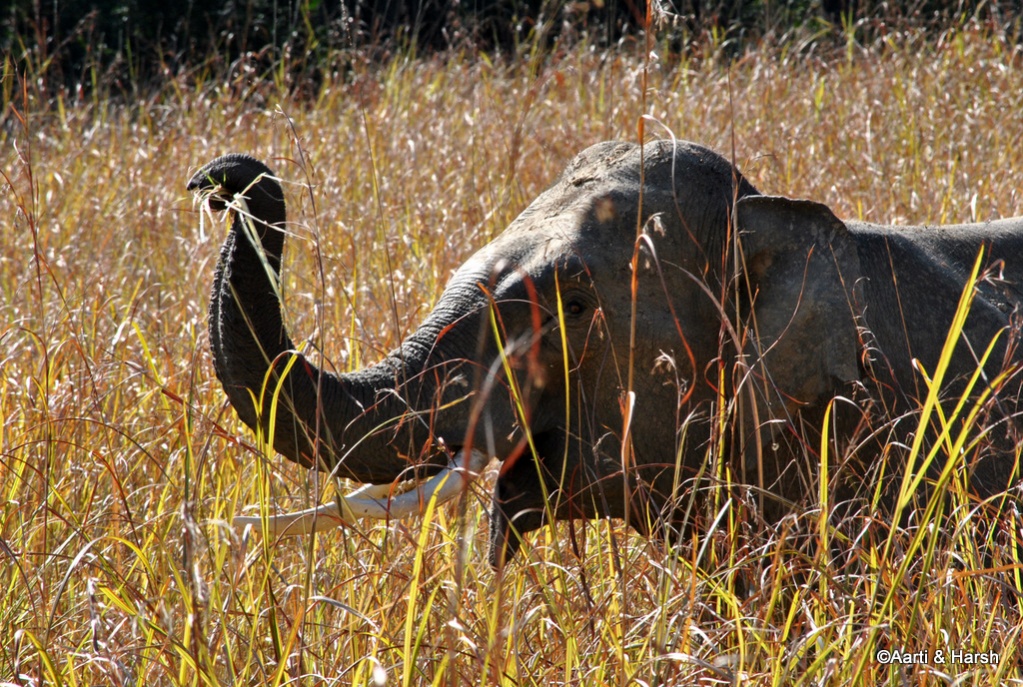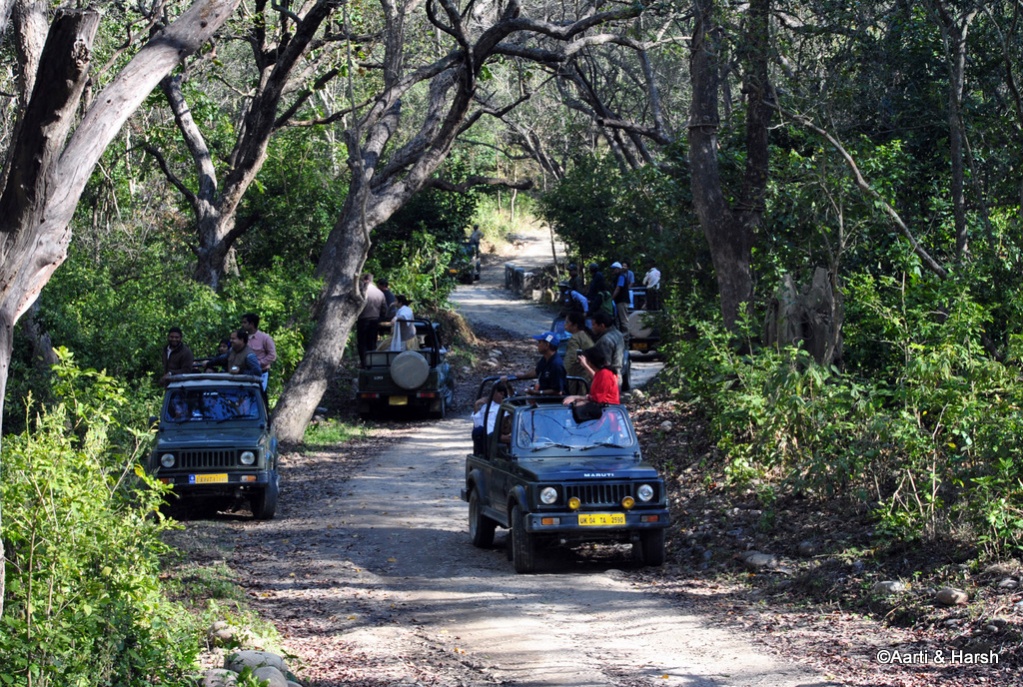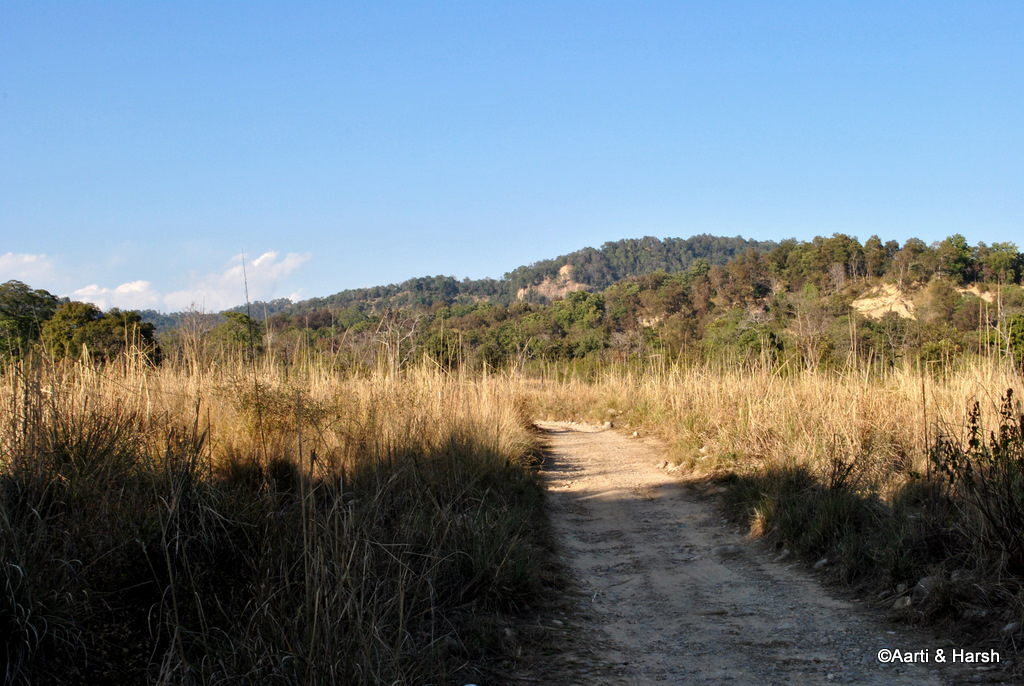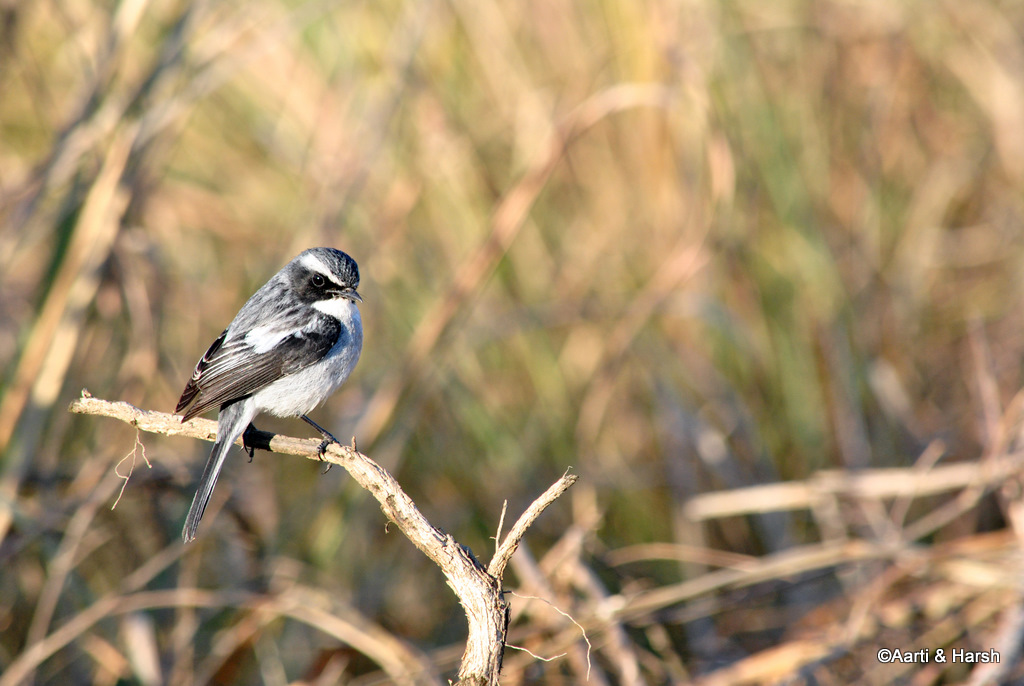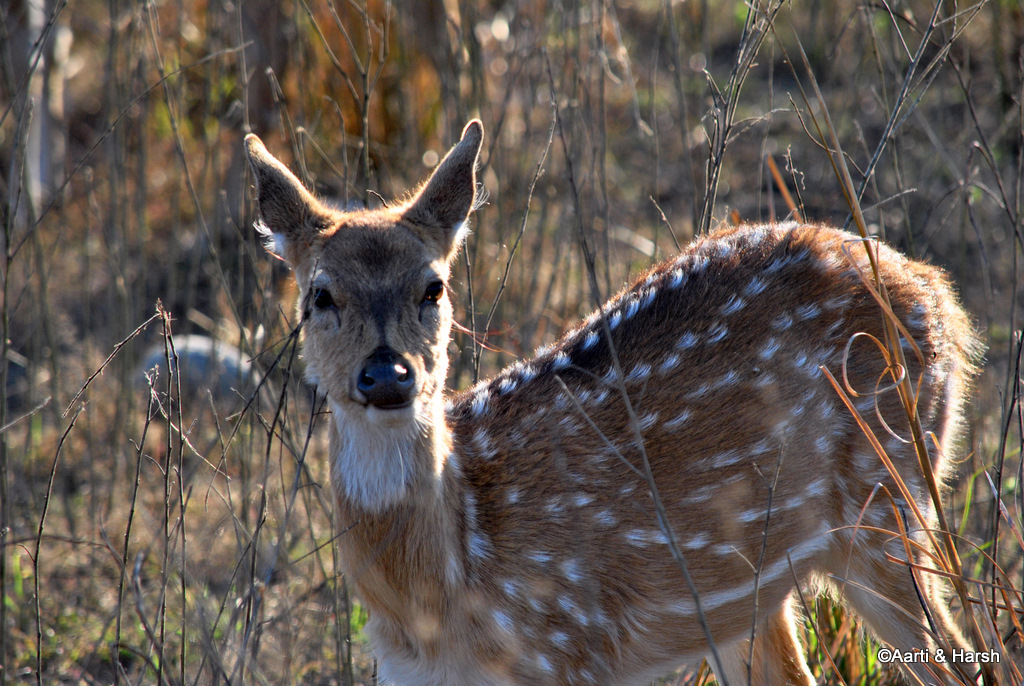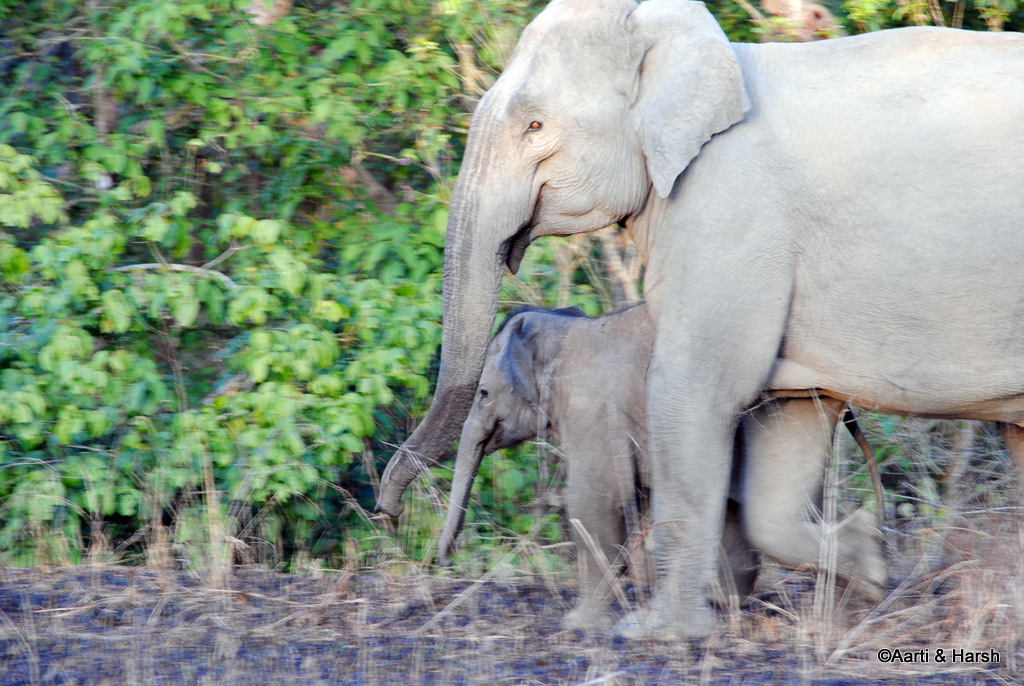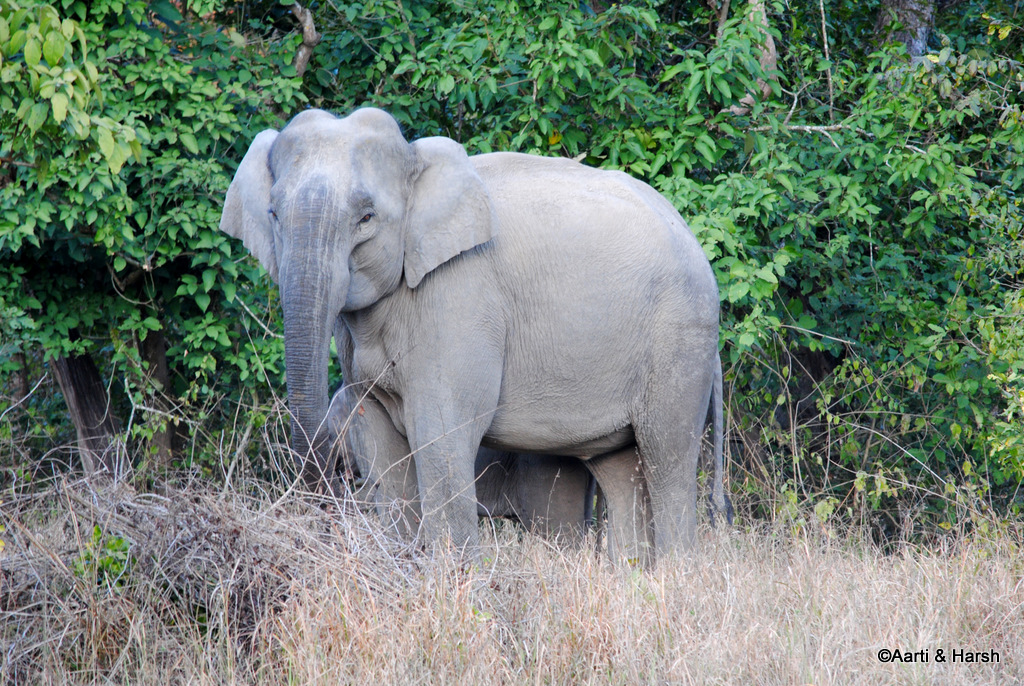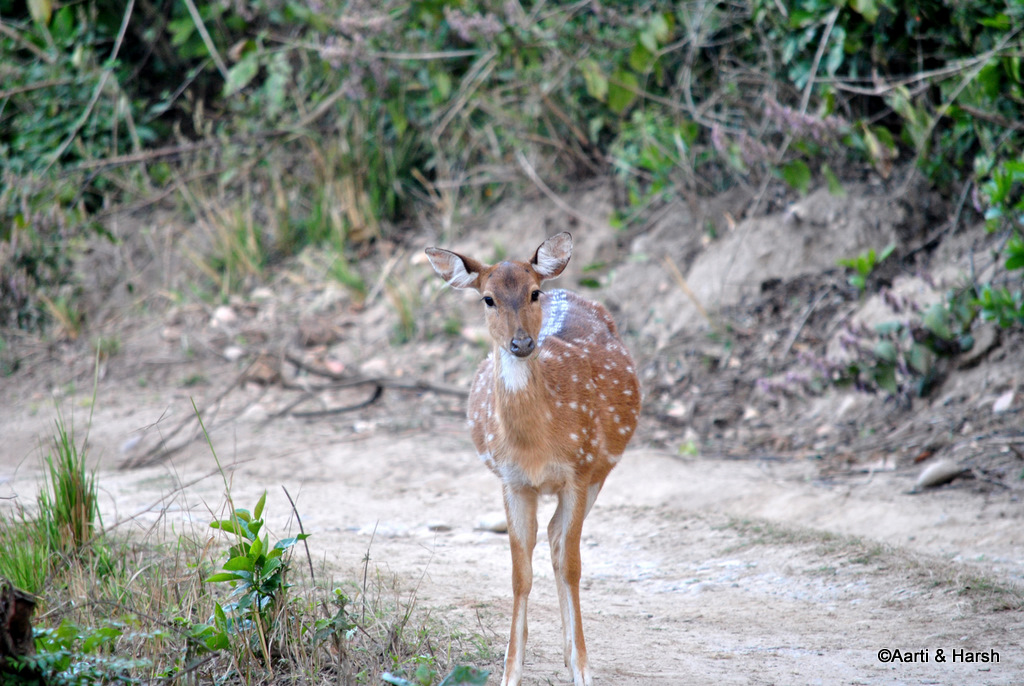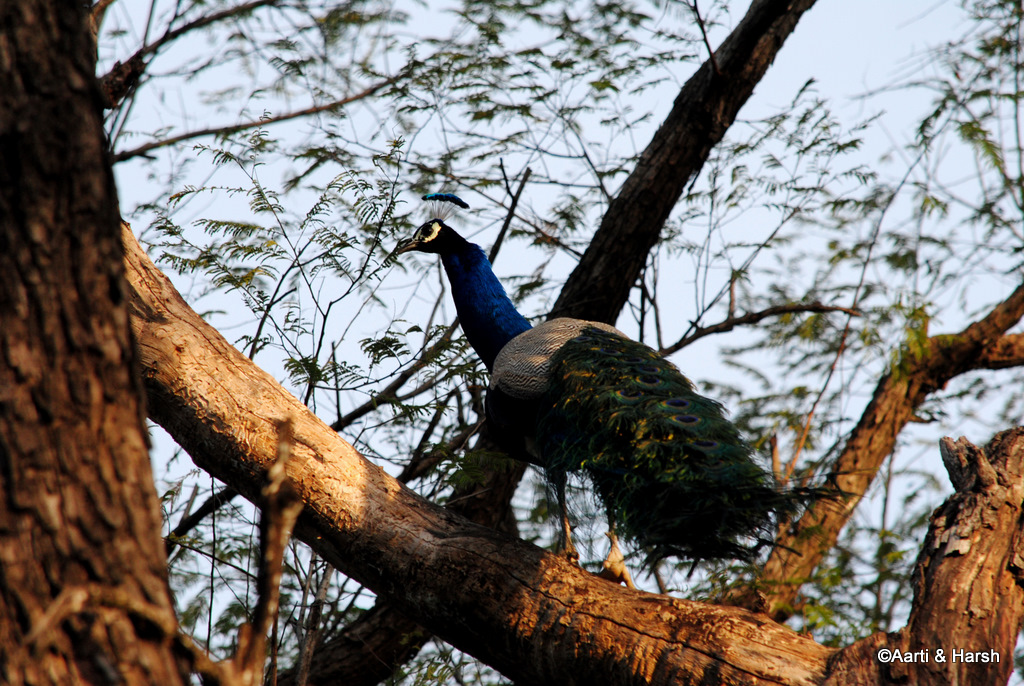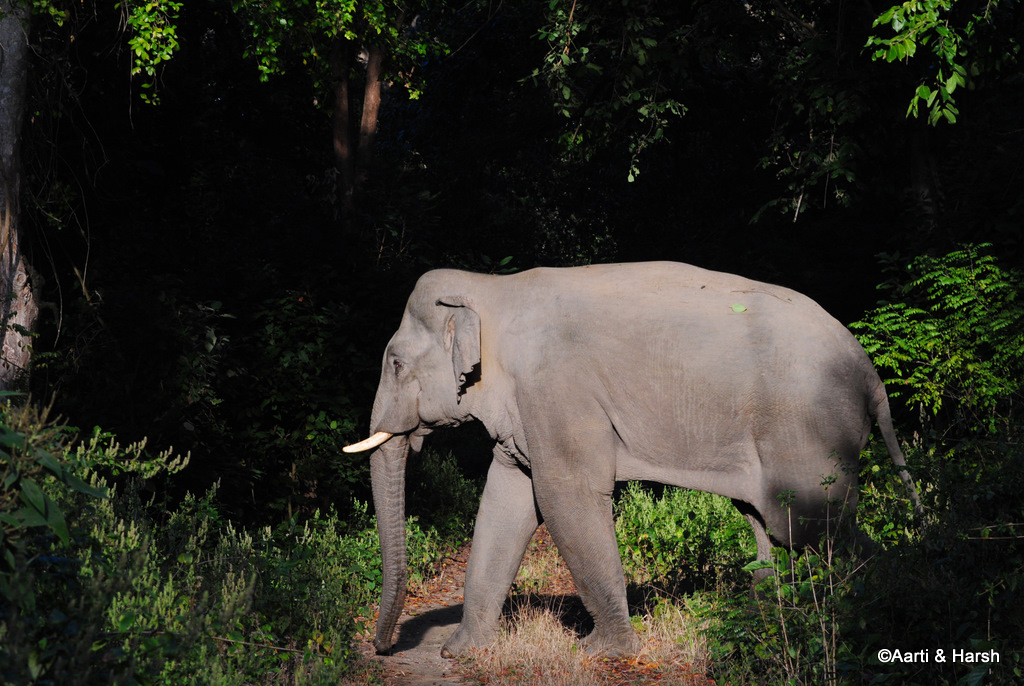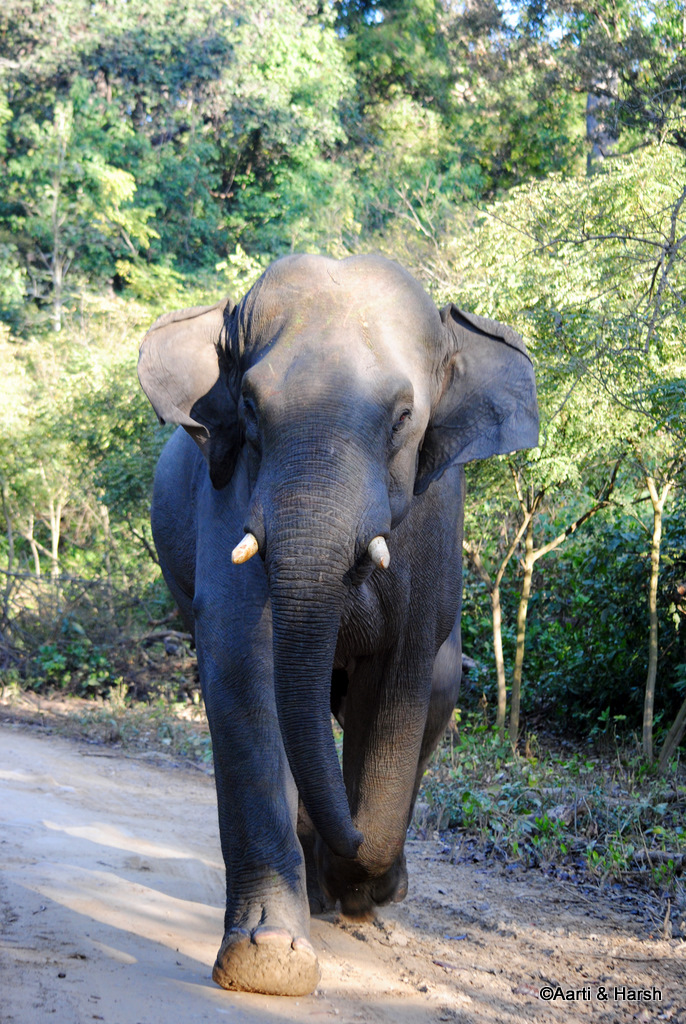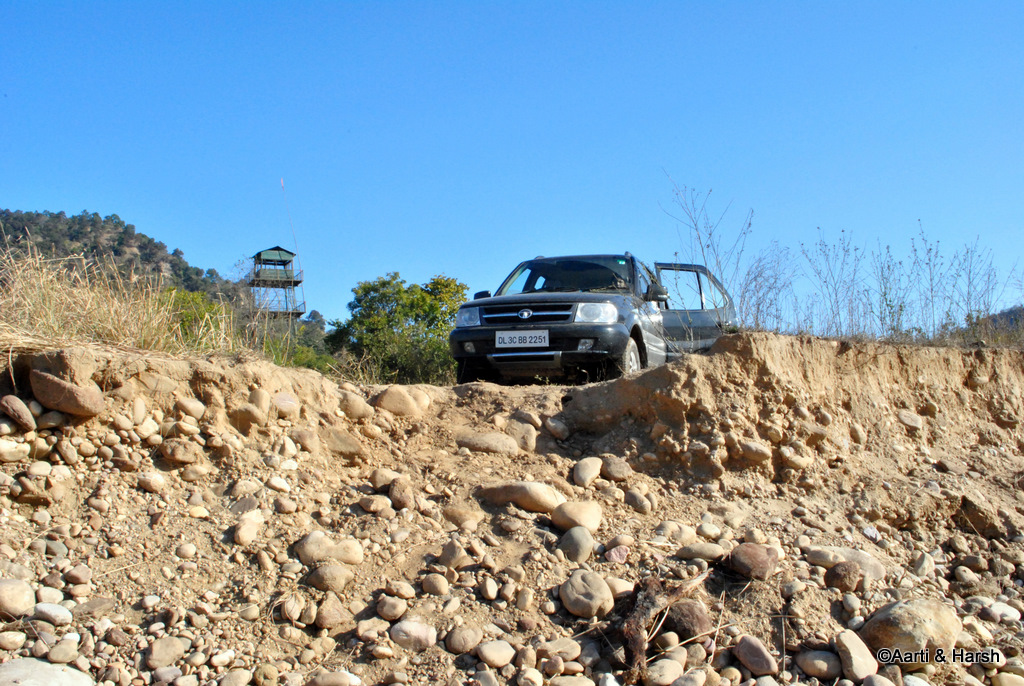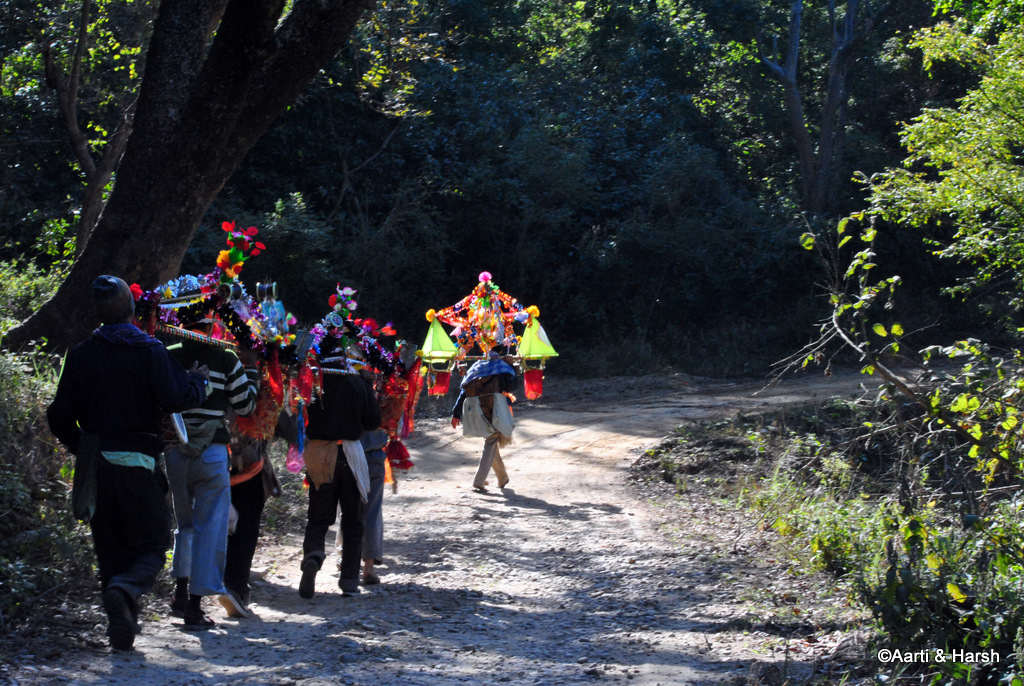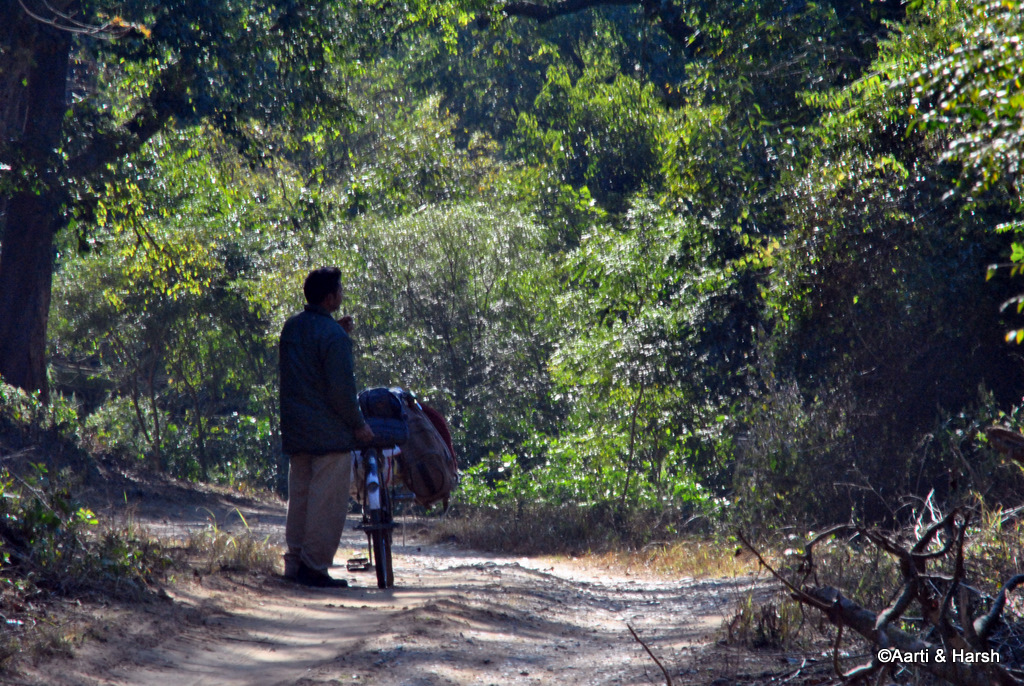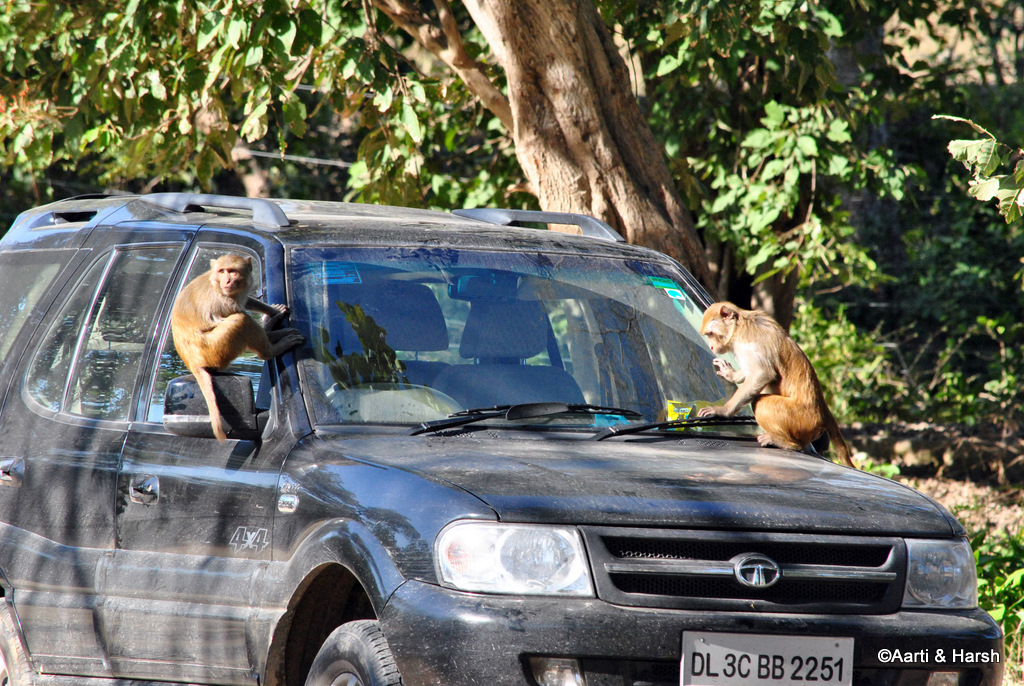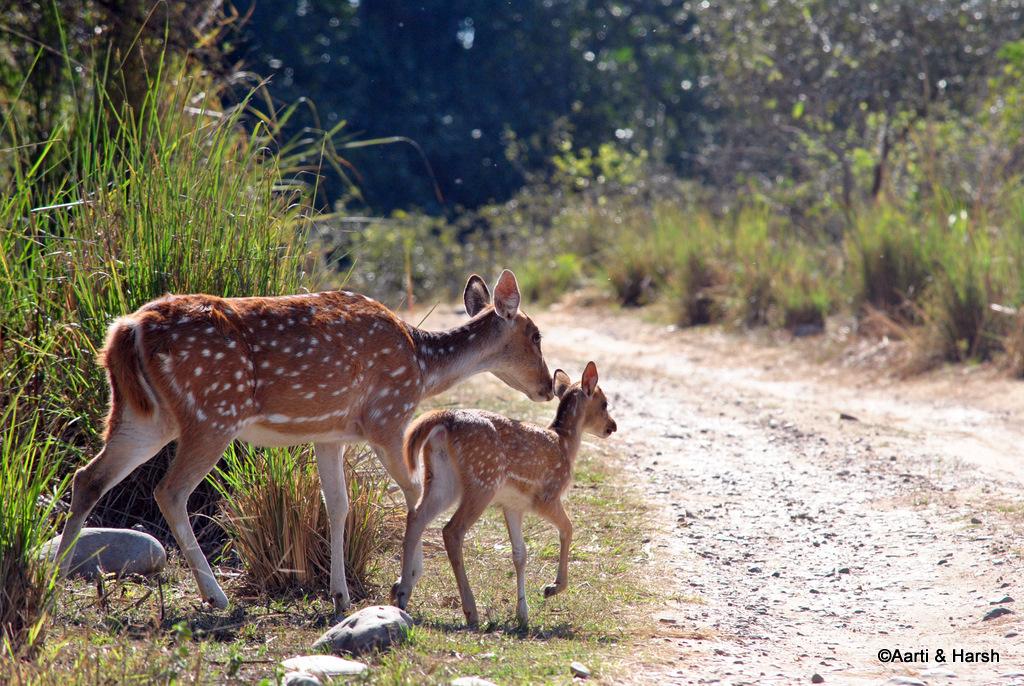We’d known for a while that we would enjoy wildlife tourism, and a Delhi to Jim Corbett road trip had been on the cards for this reason. When we read about a ‘deal’ for a 2N/ 3D stay in Corbett, we jumped at it. However, as the dates for our trip got closer, we started having second thoughts.
Not because we thought it would not be good; we knew Corbett would be beautiful. However, we were booked in a resort outside the park, and several people and articles had told us that Corbett is best experienced by staying ‘inside’ the forest in one of the forest rest houses (FRHs).
Our image of a resort outside was one occupied by the typical loud tourist who likes to dance to the tunes of DJs around a bonfire at night (sorry for being so cynical). Anyway, the deal had been bought, and we had no option but to go.
Quick Navigation
Delhi to Jim Corbett Road Trip
Once the family got to know about our trip, Aarti’s sister and her kids asked if they could join us. So we were all set to go on a weekend family trip.
Since they were coming, off-roading was not an option, and we realized we would probably end up doing what most tourists do. Given Aarti’s and my hectic schedule the past month, we too were looking forward to a simple relaxing holiday. The point is that we hadn’t researched on lesser-used tracks, off-roading possibilities, and other such options.
So when, just one day before we were to leave, the family canceled, we suddenly had a holiday on our hands with no off-roading plans! We had no time to research either, and hence, without a plan of our own, we left Delhi at 6:00 am on a Saturday morning.
Much to our surprise, the trip completely turned around on its head. We have always been a little over-zealous when it comes to our pursuit of nature and animals.
In our desire to get as close to them as possible, we invariably end up chasing them and thus scaring them a bit. Little did we know that nature had planned an act of sweet revenge on us. The chasers deservedly got chased this time, and what a heart-stopping chase it was!
Also Read: Delhi to Rann of Kutch by Road – A Winter Drive
Day 1: New Delhi to Ramnagar: 330kms
Saturday, 26th Feb, began a little late at 5:00 am, unusual for the starting of a trip. We knew that Corbett was a stone’s throw away, hence we were in no rush.
Delhi to Jim Corbett Road Route
We were off by 6:00 am and by 8:00 were at Garhmukteshwar, where we stopped for breakfast. The road until Garhmukteshwar is best covered early in the morning before the local traffic hits the narrow NH-24 when the 2 hours could easily turn into 4 if one is unlucky.
After a longish breakfast break followed by a couple of shots while crossing the Ganga, we resumed our journey by 9 am. The road turns for the better almost immediately after the bridge at Garhmukteshwar.
It is a smooth ride all the way up to the end of the Moradabad expressway. The road conditions deteriorate once one leaves the NH-24. We got stuck in a horrible traffic snarl inside Kashipur. It was only by 1:00 pm when we finally managed to reach Ramnagar.
Our first stop was at the information center set up by the park authorities, where we discovered that it was possible to take one’s own vehicle inside the national park (NP), although that was possible only in a certain part of the park – the Jhirna zone. It is the least preferred zone among the 3 zones into which Corbett is divided, the other two being Dhikala and Bijrani.
Permits for Jim Corbett National Park
A small detour to explain the permitting mechanism at Corbett. As per my understanding, 3 types of permits are issued at the Corbett NP:
- A permit for a morning safari in either privately owned vehicles (only for the Jhirna zone) or a gypsy operated by locals (all 3 zones) which starts at 6:15 am and ends strictly at 10:15 am.
- A permit for an afternoon safari, again in either privately owned vehicles (only for the Jhirna zone) or local gypsies (all 3 zones) which starts at 2:00 pm and ends at 6:00 pm.
- Night stay permit for the three FRHs (one in each zone) located inside the national park.
A piece of information for those planning to take their vehicles inside the park in the future, the park authorities are planning to ban the entry of private vehicles from the Jhirna gate as well, thus banning this practice entirely.
One will then have to completely depend on local gypsies. However, this information will have to be checked out, as we’re only reporting what we heard from the locals.
Safari in Jim Corbett
The morning safari, as well as the night stay options, can be booked in advance. You can do so either from the information center at Ramnagar or from KMVN, Delhi. This is why they are booked well in advance and are mostly completely booked out, especially over the weekends; when all of Delhi descends on the small town. Delhi to Jim Corbett road trip is more like a weekend affair for people living in nearby cities.
The afternoon permits are released on the same day and the forms are limited in number (30 per gate, 3 gates in all for each of the 3 zones). The distribution begins early at 6:00 am, so one can imagine the logistics and the jugaad that happens at the place. A whole business model is woven around these limited permits!
Coming back to our original story, the hotel receptionist could not confirm our booking for the “jeep safari” in the “package”. So, just to be safe, we took a permit to take our very own Kiyang inside the NP for the morning slot on Monday. With the permits in our hands, and also some numbers of locals who run the cartel of permits and gypsies, we headed for the hotel.
Also Read: How I traveled to Leh Ladakh by Public Transport
Tiger Den Resort
The resort, by the name of Tiger Den Resort, was located far away from the park, on the Haldwani road, about 12 km away from Ramnagar. The actual tariff was supposed to be Rs. 6000 per day for a couple for an American Plan (all meals included), which we got for about Rs. 3000 per day because of the deal.
The resorts around the park are ridiculously over-priced. Ours was good but not worth Rs. 6000 for sure. The rooms were huge, neat, and clean. The resort itself is beautifully landscaped with flowers all around and boasts of a nice spa, a swimming pool, a great dining area, and a playground.
We reached the resort at about 2, fixed our “package” jeep safari with the hotel guy for the following morning, and a local gypsy safari for the following afternoon using the phone numbers I’d managed. With three safaris packed for the next two days, we decided to have some lunch and rest for the afternoon. It had been a long month preceding the trip and an afternoon siesta was just what we needed.
In the evening, we went for an aimless drive on the Haldwani road and then enjoyed some beer and snacks next to the pool. The dinner was good, with the Pakistan league match against Sri Lanka keeping us company. Later, eager for the two safaris lined up the next day, we hit the sack.
Entry to the Park
There are five entry points to Corbett:
- Bijrani entry from Amadanda gate
- Dhikala entry from Dhangari gate
- Jhirna entry from Khara, Kalagarh gate
- Domunda entry from Durgadevi gate
- Sonanadi entry from Vatanvasa gate
Entry from the Dhangari gate towards Dhikala is only allowed if tourists are staying the night at the Dhikala FRH and not for day visits. They are banning private vehicle entry at this gate too!
I was not aware of the Vatanvasa gate, maybe that too was for a night stay. But only the Bijrani, Jhirna & Domunda regions are open for day visits. That is for sure, and that’s the way things stand now.
Day 2: Safari in Corbett National Park
At 6:00 am the next day, we were ready to head off for a “jeep safari” that was included in our package. Since it was organized by the resort guys, the safari would not be in the national, but in the buffer zone. There were five people in the jeep – the driver, two of us, and another couple from Pune.
Also Read: Nepal Bike Trip – Itinerary, Travelogue, Cost, Hotels
Morning Ride to the Buffer Zone
The buffer zone, for the uninitiated, is basically the forest on the periphery of the park. Since the park itself is not fenced, the buffer zone acts as a natural habitat boundary for the animals.
The place that we were going to is called Sitavani. One can reach there by crossing the barrage right next to Ramnagar on the Haldwani road and take a left immediately after crossing the barrage to the other bank of the river.
The road winds through the jungle and forks at a place where the right turn takes you to Sitavani temple and Forest Rest House. The left turn is to a dead-end in another village.
The road in the buffer zone
Initially spotted a herd of deers, which disappeared immediately.
A Pleasant Morning
Even before entering the “buffer zone”, we’d already seen 3 species of fauna:
- The conniving Hotel Manager – who did everything to convince us that a safari in the buffer zone was as good as one in the park. Per him, there were tremendous possibilities of seeing a tiger there too.
- The opportunist gypsy driver
- The gullible tourists (including us) who had no idea whom to believe!
It was quite clear to us within 15 minutes from the time the safari began that it would not be possible to sight even an elephant, forget a tiger, in this area, despite hearing the ubiquitous lie that “a tiger was spotted by a guest just last night”.
We were nevertheless enjoying the open gypsy ride and the cold morning breeze in the pretty jungle, and it was in fact quite rejuvenating and pleasant. We did spot a deer or two, though it was the drive that made it worth waking up at 5 in the morning!
Also Read: Delhi to Bhutan Bike Trip – Ride of a Lifetime
Sitavani
An hour into the drive, we reached Sitavani. 75% of the route was tarred, while the last 6 km was on a dirt track which could be a 4WD track in the monsoon. At this time of the year, it was fine for a 2WD with high ground clearance.
We wondered if it would’ve been better had we brought Kiyang instead of hiring a gypsy, but realized that its closed cabin may have been a dampener.
The opening where one detours towards Sitavani
After having a hot cup of masala chai, and once Aarti had finished feeding one whole pack of tiger biscuits to Ramu the lazy dog, it was time to head back to the resort. I was aching to bring Kiyang up this route, but given our schedule, it would’ve been difficult to do so.
So I asked the driver of our gypsy if I could drive for a while; even though I was almost sure he wouldn’t agree. Much to my surprise, and delight, he agreed instantly. It was the first time in my life that I got behind the wheel of a gypsy. I was pleasantly surprised by the performance of the vehicle; even though it was 11 years old and quite rickety.
The driver’s seat could not be pushed back though; so pretty soon after driving across a river, I decided it would be better if I relinquished the wheel back to the driver. So without any further incidence, and a pleasant drive later, we were back at the breakfast table at 10:00 am at our resort.
It was time to rest a while before the afternoon safari began. This time it was the real deal – in the Bijrani zone of the park.
Also Read: Road Trip from Delhi to Kinnaur and Mussoorie
Afternoon Open Gypsy Ride Inside The National Park
We left on time for the afternoon safari. Soon, we reached the rendezvous point with the “travel agent” who had our permits and the gypsy to enter the park. The charges: Rs. 3000 for a vehicle, which we thought was a little steep.
We could’ve cut down on the cost by half by sharing, but decided against it since sharing meant fewer photography breaks. Most people are interested only in seeing the elusive tiger. We had a big hunch that the tiger would remain elusive and that we should rather enjoy the beauty of the jungle.
We were at the gate and were about to enter the park when disaster struck. The camera showed that the chip was not inserted. That is when we realized for the first time that both the chips were in the hotel; one inserted inside the laptop and the other in the laptop bag!
We’d looked at the photographs taken in the morning when we’d gone back to the hotel, and forgotten to re-insert the chip in the camera.
The Helpful Guide
However, we did not panic and started asking around if anybody had a spare memory card. Thankfully, a guide by the name of Bobby (Lalit) had one with 200 MB free space. We soon realized that he was pretty eccentric but was also deeply into wildlife photography.
We thought that having him as our guide might just work to our advantage. Not that we had a choice, he was giving us his memory chip, which meant that he was coming with us. Anyway, in hindsight, his passion for photography and his love for the jungle provided us with an excellent safari.
He also assured us that we could get the adapter from his camera kit once we went inside the park. Hence, we could use our mobile memory chip to shoot. Lalit truly was an excellent guide. He knew the area well and would stop to give us the best possible shots, whether it be for a bird or for a mammal.
His experience in photography made him instruct the driver to stop (disembarking from the vehicle is not an option inside the park) at places from where we could get excellent shots and angles.
A serpent eagle perched peacefully. Lalit helped us by instructing the driver to get in a good position to shoot.
A meditating langur
These heads bobbed up in the middle of a grassland. The first sighting of wild beasts. The wild ones are not as cute as they look! Honestly! These are indeed scary at times.
Tiger Sighting Rumor
The saddest part about the sojourn in the park was to look at the junta’s obsession to see a tiger and ignoring the other beautiful animals walking around. Not that sighting a tiger would not be fun. I would be ecstatic, but there’s no way that I’m going to give up enjoying the other flora and fauna in the jungle if I don’t get to see a tiger.
Also Read: Road Trip to Morni Hills and Tikkar Taal
A rumor reached our ears (and Lalit’s) that a tiger was seen crossing the road by the gypsy in front of us. This was when the junta’s obsession turned into a frenzy and all the 30 gypsies converged into one part of the jungle.
Even if the poor animal were around, it would definitely not come out! But then I guess tigers in Corbett must now be used to this. Some could even have become attention thirsty like Alex the lion from the Madagascar movies!
The hunger to see a tiger
Another grassland
A simple bird
Plenty of them around in the park
Caught a herd of elephants running by just as we were on our way out. Almost got the whole herd on the camera! almost!
The huge one was VERY protective of the little one
Never let it out in the open. As we reversed to capture more of the little one, it completely blocked our view
End of Safari
As the time to leave approached, we got increasingly sad and did not want to leave. Sure enough, God answered our prayers and extended our time in the park for another half an hour by giving our gypsy a flat tire. Although we enjoyed the extra time, our gypsy’s driver sure did not, as he was a tire-change-virgin!
As we got out of the park, we bid adieu to the driver and thanked Lalit profusely for his help; both for being a great guide as well as for giving us the memory chip without which entering the NP would’ve been a disaster.
He was happy to know that we would be going into the park from Jhirna gate the next morning in our own vehicle. He offered his services which we gladly accepted. So, after fixing a rendezvous time of 5:30 am for the next morning, we parted ways for the night.
Also Read: Delhi to Sach Pass Bike Ride – Dalhousie and Sach Pass
Day 3: Morning Self-Driven Safari in The National Park
We had hoped to hit the sack early the previous night to get up at 4:15 am the next morning. But the humdinger between India and England at Bangalore ensured that that did not happen.
We woke up groggily and headed towards the Jhirna gate; picking up our guide, Bobby, on the way. It was pleasing to note that none of the tourists were there. Ours was the first and the only vehicle to enter the park. We could now have Mother Nature’s attention all to ourselves. Little did we know that we were about to get too much attention and the most exciting part of our Delhi to Jim Corbett road trip was waiting for us.
We were still adjusting the camera to the low lighting conditions when a baby elephant ran screeching across the track from one part of the jungle to the other. Sadly, we were unable to capture it on camera.
After a quick breakfast stop at the FRH at Jhirna which ruled out the possibility of our dying due to starvation, we decided to patrol the part of the jungle where we’d seen the baby elephant. When there was no sign of it for a while, we gave up and moved on towards the interior of the forest.
Also Read: Road Trip to Madikeri – Boat Rafting in Madikeri
Elephant Sightings
We soon saw an elephant entering the jungle from the road up ahead. It was too quick for us and we were again disappointed that it was not captured on camera. After waiting for a while where it was last seen, and trying to listen to the sounds of breaking branches, we decided to try the other road.
Soon this led us to a narrow jungle track, where our car hardly fit between the shrubs. A huge log in the middle of the track ensured that our progress was halted. We switched off the engine and waited for the elephant to come towards us with bated breath.
Finally, the elephant came out of the jungle onto the track right at a spot where the sun rays were coming in through the trees, creating a sort of a natural spotlight. This gave us some excellent shots of the beast.
Soon, another one emerged just behind us. Both these appearances did scare us a bit since had either elephant lost its cool, we practically had nowhere to run! Thankfully, the elephants hardly noticed us.
A pregnant doe
A beautiful peacock
Kiyang stuck and could not move any further on this narrow path.
The tusker appears. Comes perfectly into the lit zone
An Angry Elephant
We then somehow reversed the car and tried to follow the elephant that’d emerged from the back and quickly drove to the parallel road where it was likely to come out again. It appeared again, saw us, groaned, and started slowly moving away with his back to us, but this time on the track.
The guide suggested that we should follow it, but ever so slowly. I personally thought it was not a good idea. But the guide insisted that it would be perfectly safe and that I should cross it at a crawling pace. Not entirely convinced, I succumbed to his whims and followed.
The beast did not like the fact that we were trying to follow him one bit, and stopped abruptly in its tracks. It then quickly swerved around and gave us a charge.
What does a 2.7 tonne Safari do when charged at by a 5-tonne wild elephant? What else, but run as fast as possible. Heartbeat, of the humans as well as that of the machine, doubles, and the body quivers in fright! The driver’s reflexes are automatically switched on, the reverse gear is engaged and the pedal hits the metal.
The navigator somehow automatically jumps out of the window with a DSLR to capture the wild beast in action. All this when the guide sitting behind keeps repeating not to run away and make Kiyang stand its ground! This was the moment when nature got its sweet revenge on us and taught us a lesson once and for all.
Also Read: Bike Trip to Nandi Hills – Dawn At Hill’s Edge
The Charge
When a 5-tonne elephant charges at you, your mind goes numb, and the auto-pilot mode gets switched on. The first thought that flashed in my mind was a 7th-grade article that I had read. “The maximum speed that an elephant can attain is 40kmph” and I had a hunch that our car could do 45 kmph max in reverse.
Like an atomic transaction in databases, my left foot engaged the clutch, left hand engaged the reverse gear, left foot let go of the clutch while immediately my right foot engaged the accelerator pedal pushing it to the brink; my eyes alternating between the rearview mirror and the angry elephant in front of us.
In the meanwhile, Aarti, who was already hanging out of the window a bit to take photographs, jumped out a bit more, trying to steady the camera as much as she could, shooting away furiously in the continuous mode. Her eyes pressed onto the view-finder, hands clasped the DSLR and feet groped any foothold inside as Kiyang reversed wildly.
Our guide, Lalit, as we later recalled (since our ears were hardly working then), was screaming wildly in the middle seat not to reverse but to stand our ground. But when a 5-tonne elephant comes running at you, you run too! You run as fast as you can! We have chased animals for our own pleasure in the past, describing it as love for animals.
It was time for Mother Nature to teach us a lesson. It was time for revenge and hopefully, this lesson will remain with us for a long time to come.
Lesson Learnt
The charge lasted for 100 m or so, but it felt like a kilometer! It was quite scary. Really scary. The elephant stopped before we did. All the time Bobby was screaming us to stop and not retreat. But who could stand ground to a 5-ton elephant? Thank god that we did. After coming back to Delhi a lot of Dehradun friends said that elephants used to frequently attack vehicles on the Saharanpur/Rishikesh – Dehradun road earlier.
It took us about 15 minutes to recover from the shock of what had just happened. We then decided not to shoot any more elephants on this trip and proceeded, as Lalit suggested, to some ‘lesser’ used tracks in the forest range, since I’d specially requested him to take us on an off-roading track.
Also Read: Delhi to Lansdowne – A Weekend Drive
It is necessary for Kiyang (our car, a Tata Safari), from time to time, to practice walking on all fours, lest it forgets how to! Our Delhi to Jim Corbett road trip would have been incomplete if we had not included some off-roading in it. The track did not disappoint, even to the extent of giving us an opportunity to shift to 4L mode. After a longish drive around the park and a quick visit to the snack point, we headed back towards the exit gate.
Bidding adieu to the National Park was difficult but like all good things, this short and sweet weekend trip too had to come to an end.
Some off-roading (we did not descend through this though)
Some brave Kawadiyas trudging through the jungle
This cyclist was brave, he heard an elephant and stopped on his track
The Monkey wanted the Hippo
A cute family
Day 4: Jim Corbett National Park to Delhi
The trudge back to Delhi began at 11:00 am. We finally reached home at 5:30 pm; the most frustrating stretch being the Ghaziabad – New Delhi two-laned, congested NH-24.
It had been a trip of self-realization, making us think about wildlife trips and photography as the next passion for us. It is going to be an expensive vocation, and so will probably have to wait some years before it starts off in a full frenzy.
Also Read: Road Trip to Zanskar Valley – An Adventurous Ride
Delhi to Jim Corbett Road Trip Time
It really depends on what your preference is and how much time do you have in hand. 4 days is what I will really recommend for this trip. This will give you ample time for going on multiple safaris and improve your chances of tiger sightings. But at the same time, I know people who have completed their Delhi to Jim Corbett road trip in 3 days and even on weekends.
Delhi to Jim Corbett Road Trip Distance
The total distance we covered during the trip was about 800 odd kilometers, including our self-drive incursion in the park.
Best time for Delhi to Jim Corbett Road Trip
Except for the monsoon season, I think the entire year is Ok when the park is open. You just got to decide when it is convenient for you. If possible, try to avoid the peak summer months as well because it does get too hot in there.
Key Takeaways
The elephant charging was our mistake completely. That’s why I think people like us, or anyone for that matter, should not be allowed to take their vehicles inside a national park.
There’s just an imaginary boundary between the national park and the villages around it. There’s no fencing as such (except for some boundaries that we had seen on the southern side of the park).
Mostly it’s a natural boundary, like a river or a gorge segregating the park with human habitat. But sometimes one does hear of tiger/elephant attacks on humans in the buffer zones where there are settlements outside the national parks.
The bikers / Cyclists and the Kanwariyas are living dangerously in my honest opinion. And that should not be allowed. Should an elephant/tiger attack they would not have any line of defense against the animal. Although the animal would attack in the first place if it’s scared by their drum beats.
The charm of visiting the jungle in an open gypsy is something else; much better than being in the confines of a closed vehicle. The animals seldom attack. Even if they do in rare cases, the vehicles are pretty much safe as they can accelerate quite quickly. Mostly the animal will attack only if provoked, and the guides ensure that it never happens.
The experience was amazing, although staying inside the jungle would’ve been much better. The region of the park for which we had got the permits was Jhirna and the gate is called Kalagarh. Anyways, I guess they must’ve banned private vehicles inside, by now. They did allow private vehicles to enter all regions earlier but had restricted it to the Jhirna region a few years ago.
Delhi to Jim Corbett Road Trip – Conclusion
I hope the travelogue, pictures, and information on planning a Delhi to Jim Corbett Road Trip were on help. If you have any questions or need any other details, please feel free to ask in the comments section below or at our Community Forum, and I will be glad to answer.

